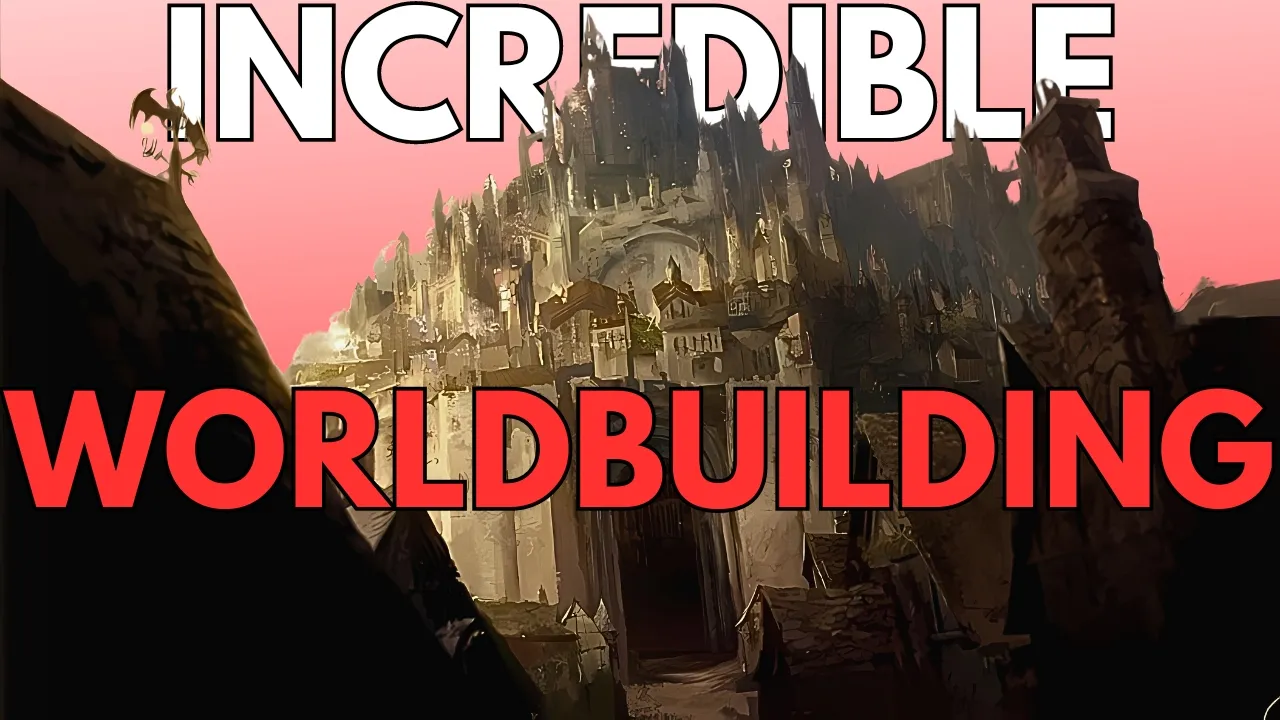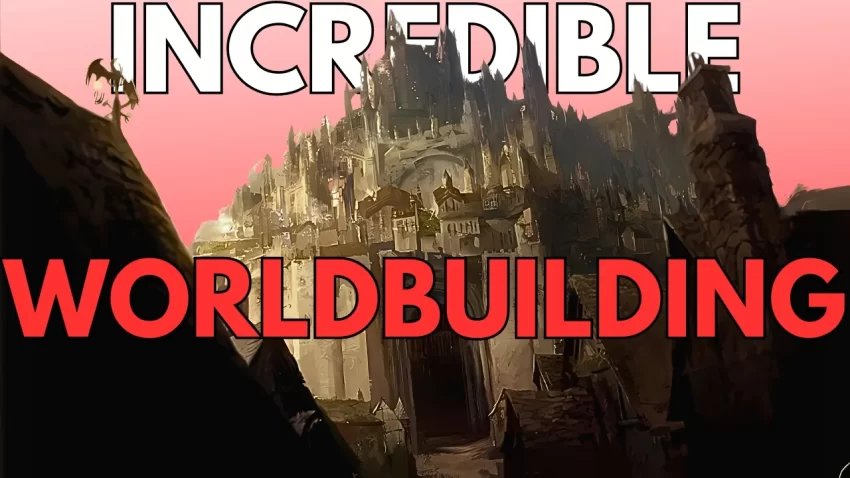
TL;DR
World building is a crucial aspect of storytelling that enhances narrative depth and character engagement. This article explores key elements of effective world building, including intentionality, depth, and the balance between showing and telling. Good world building connects the fictional universe seamlessly with the characters and themes, ensuring that the story is immersive and meaningful.
The Importance of Intentionality in World Building
World building is often viewed as a hallmark of fantasy, science fiction, and horror genres, but it’s an essential element in all forms of storytelling. The way a world is constructed and presented can significantly impact a story’s success. Intentionality is one of the first and most critical components of effective world building. Every element, from the setting to the characters, should serve a purpose.
When crafting a story, consider the five elements of fiction: plot, character, theme, setting, and point of view. By linking characters’ backgrounds, interests, and perspectives to the world, writers can create a more immersive experience. This approach allows readers to see the world through the eyes of the characters, making the story feel more authentic and engaging.
It’s essential to include world-building elements that matter to the story and the characters. Doing so creates a unique narrative experience. For example, in N.K. Jemisin’s *The Broken Earth Trilogy*, the world building is intentional and integral to the story’s progression. The setting, time, and characters are interwoven in a way that makes the plot cohesive and compelling.
Examples of Intentional World Building
Two notable examples of effective world building are N.K. Jemisin’s *The Broken Earth Trilogy* and Arkady Martine’s *A Memory Called Empire*. In Jemisin’s work, every aspect of the world is purposefully designed to enhance the narrative. The time and place in which the story unfolds are crucial; without them, the plot would falter.
In *A Memory Called Empire*, the protagonist is a diplomat who is deeply fascinated by the empire she serves. This unique perspective allows readers to explore the empire’s culture, customs, and language through her eyes, enriching the narrative. This intentionality in world building is about ensuring every detail contributes to the greater story, avoiding the pitfall of including elements just because they are common tropes.
Exploring the Core, Peripheral, and Indulgent Aspects of World Building
When crafting a world, it’s helpful to categorize elements into three tiers: core, peripheral, and indulgent. This framework aids in understanding the importance of each aspect in relation to the story.
1. **Core Elements**: These are the essential components that drive the narrative. They include the primary conflicts, characters’ motivations, and the setting’s fundamental rules. In the context of a story, core elements are what make the world feel alive and necessary.
2. **Peripheral Elements**: These aspects add depth to the narrative but are not as crucial as the core elements. They may include background information about societal structures, politics, or minor characters that enhance the world but do not directly drive the plot.
 What Poetry Feels Like
What Poetry Feels Like3. **Indulgent Elements**: These are the details that enrich the world but are not necessary for understanding the story. They can include lore, mythology, or side plots that enhance immersion without impacting the main narrative.
For instance, in *The Mountain in the Sea*, the core elements revolve around the ecological crisis and the unique species of octopus. Peripheral elements include the exploration of AI and global political dynamics, while indulgent aspects might involve allusions to past wars or cultural traditions that do not play a significant role in the plot.
Depth in World Building
Creating depth in world building is crucial for making a story immersive. A well-crafted world should feel expansive and layered, inviting readers to explore its intricacies. Depth can be achieved by tying world-building elements to character development and thematic exploration.
A story that exemplifies depth is *Clara and the Sun*, which, despite its small scope, offers profound insights into the social implications of artificial friends. The narrative is rich with emotional resonance, allowing readers to connect deeply with the characters and their experiences.
Another example is the television series *The Wire*, which intricately explores the socio-political landscape of Baltimore. The show’s depth comes from its realistic portrayal of various societal elements, making it relatable and immersive.
When writing, focus on three primary concepts or elements to avoid overwhelming readers with excessive detail. This approach allows for deeper exploration of each element, creating a rich and rewarding reading experience.
Balancing Showing and Telling
A common technique in storytelling is the balance between showing and telling, particularly in world building. Knowing when to show or tell can enhance the narrative and keep readers engaged.
– **Showing**: This involves creating emotional connections through vivid descriptions and character experiences. It allows readers to feel the world rather than just understand it. For example, a character’s emotional response to their surroundings can bring the world to life.
– **Telling**: This method is useful for conveying important information quickly. It can be employed when introducing complex concepts or providing background details that are essential for understanding the story.
In a scene where characters are on a journey, showing can help illustrate the emotional weight of their experiences, while telling can efficiently provide context about their environment or the challenges they face.
Consistency in World Building
Consistency is the backbone of effective world building. Inconsistencies can break immersion and confuse readers. To maintain consistency, ensure that all elements of the world align with the established rules and tone.
This consistency allows readers to suspend disbelief and fully engage with the story. For example, in the game *Disco Elysium*, the world is richly detailed and cohesive. The political dynamics, history, and social structures are consistent throughout the narrative, making the world feel real and lived-in.
In crafting your world, be mindful of how new elements interact with existing ones. Introducing new concepts should not disrupt the established narrative flow. Instead, they should enhance the overall experience.
Enjoying the Process of World Building
Finally, one of the most significant indicators of good world building is the enjoyment derived from the process. Passion for the world you create often translates into a richer narrative. If you find joy in exploring and expanding your world, you are likely on the right track.
Experiment with different aspects of world building, whether it be developing unique cultures, intricate political systems, or magical elements. The more you engage with your world, the more authentic and compelling it will become.
Conclusion
World building is an art that requires intention, depth, and consistency. By understanding the core, peripheral, and indulgent aspects of your world, you can create a rich, immersive experience for readers. Balancing showing and telling will enhance emotional connections, while enjoying the process will infuse your narrative with passion.
As you embark on your writing journey, remember that there are no strict rules—just guidelines to help you craft a world that resonates with readers. Embrace the complexities of world building, and let your imagination soar!
Original channel: https://www.youtube.com/channel/UC9R_q0yA1n6KpbXtIxcFGtg


 Grab my poetry book, 'we're all just wanderers in the end' Here
Grab my poetry book, 'we're all just wanderers in the end' Here AD: Your Book Finally Written...
AD: Your Book Finally Written...